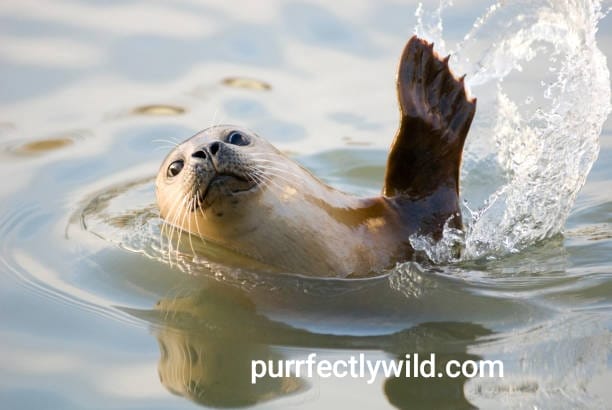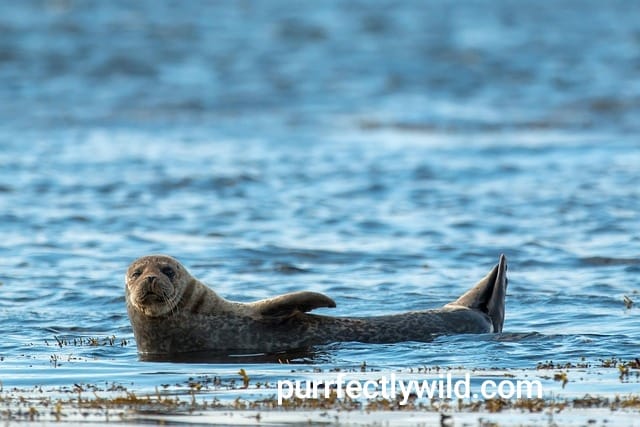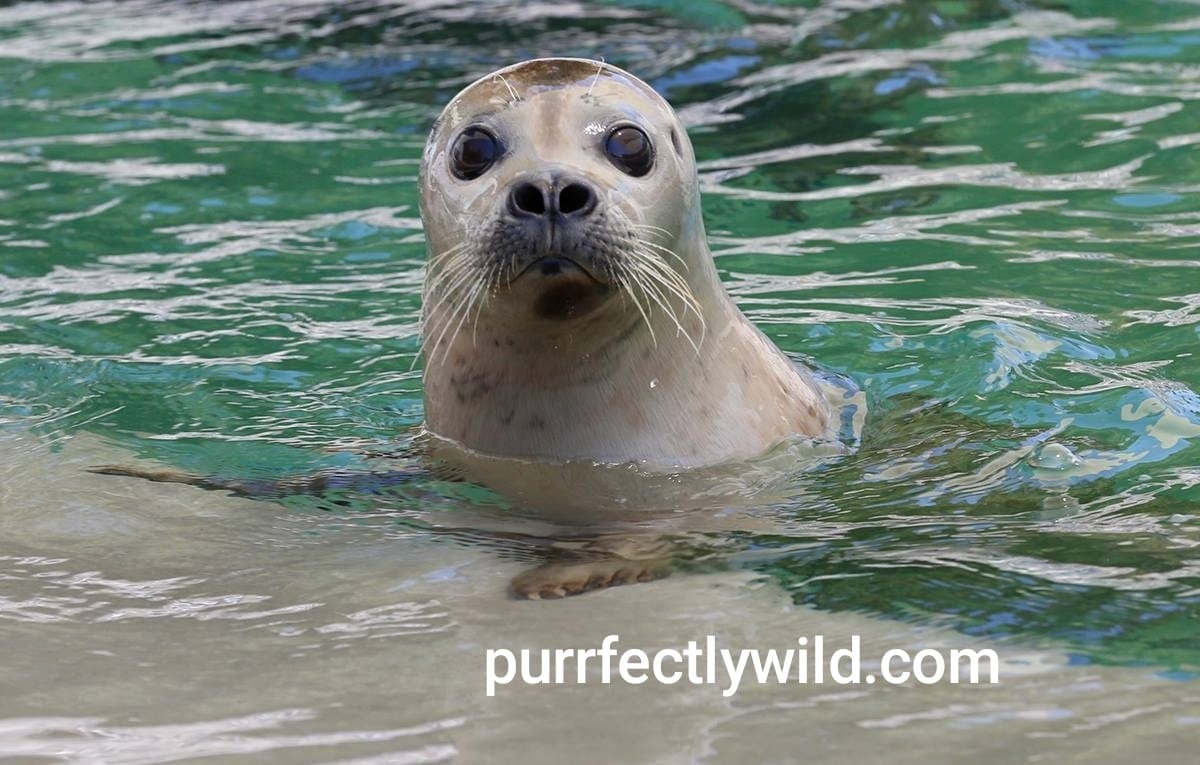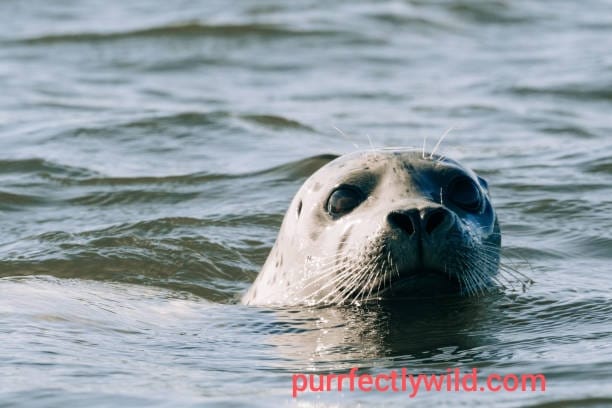Introduction
A question that has always intrigued us about seals is if they can breathe underwater. With the seal slipping through its fur and performing gracefully, effortless swim people become very stunned by this fact…and think that it breathes and lies underwater. For the record, BIG FALSE: seals do not breathe underwater. As mammals, they need to regularly return to the surface of water for air. However, the seals have evolved incredible modifications that enable them to stay submerged for extended periods. This article will explain how seals survive so well underwater with the obvious disadvantage of not being able to breathe under water.
Why do seals breathe out when they dive?
In the Pacific Ocean off Southern California, I was fortunate enough to see seals in their natural habitat while scuba diving. As I watched them move effortlessly through the water, I saw something that fascinated me; just before they dove down under the surface, they would let out a blast of air bubbles. I was curious and later learned that this is because seals let out a breath before they dive.
Seals exhale before they dive to collapse their lungs and prevent the bends, when nitrogen in the blood bubbles out of control as pressure decreases with depth. When seals exhale they reduce their buoyancy, enabling them to sink and dive deeper. This allows them to save oxygen, since a smaller total volume of air in the lungs means they can extract more oxygen from the small amount of air that is there.
Watching the seals during my dive I was impressed with how at home these animals are in the water. They just blew the air from their lungs, and swam elegantly while I clunked through the water in special gear to get enough O2. Very humbling and a great genetic vacation for how the meat eaters of the world get so creative due to nature having equipped all life with rather remarkable skills. Being up close with these seals is truly a sight to behold, even more so after having witnessed the seals move.
Do Seals Breathe Underwater? FACT: Seals Breathe Like They Ought
Seals is a species of air-breathing mammals. Seals are not like fish, which do get oxygen out of the water through gills; seals have lungs similar to those that land mammals use! This means they typically need to come up for air. Even so, they spend much of their life in the water; seals. Their bodies are built to help them stay long time under water which make the sea otters one of marine mammals that dive and hold their breath longer.

How Seals can Hold their Breath Underwater-pagination of the Diving Adaptations in Sea lions
While seals do not have gills and cannot breathe underwater, they are masterful divers with a number of physiological adaptations that allow them to stay submerged for long periods:
1. Oxygen Storage: (Myoglobin vs Hemoglobin)
The muscle of a seal is high in myoglobin – an oxygen-binding protein that provides the red color you see. They can store a supply of oxygen in their muscles this way which helps them when they take long dives.
Seals have higher blood volume per unit of body weight than do other mammals, and they also have more hemoglobin. They also have high hemoglobin rich blood, which can carry more amount of oxygen through their circulatory system.
2. Brady Each base map appears once in the drop-down selection menu or performs Bradycardia (Slow Heart Rate)
When diving, seals demonstrate bradycardia which means that their heart rate significantly decreases. This slows blood flow to organs that are not critical when oxygen is scarce, like the liver and kidneys, directing it more toward vital systems (the brain-heart duo springs immediately to mymind).
3. Selective Blood Flow
Blood Shunting: Seals can shunt blood away from their skin and extremities during dives to save oxygen for more important organs. Their ability to establish this selective blood flow is the key for enabling them to survive extended dives.

4. Energy-Absorption: Slowed Metabolism
Diving: To dive under water, seals can lower their metabolic rate to reduce oxygen consumption and stay down longer.
5. Efficient Diving Techniques
Hyperventilation: Seals will take a series of fast breaths to load up with as much oxygen in their lungs before they dive.
Underwater locomotion: Instead of swimming continuously, seals often glide during dives reducing energy expenditure and thus allowing them to dive for much longer periods.
How Long Can Seals Hold Their Breath
Different species of seals have different breath-holding capabilities.
Weddell Seals: the best diving seals, remain under water for more than one hour.
Elephant Seals: The champion divers; they are able to dive well over 1,500 meters (4,921 feet), and stay submerged for up to two hours.
Harbor Seals: Normally dive for 3 to 7 minutes, but can hold their breath up to half an hour if need be.
Breathing in recovery mode solely as a means of surface breathing
Seals recovery breath, the first of three deep breaths taken by a nursing female after she has come to the surface. It does this to survive and prime itself for another attack in the water.

Conclusion
Ultimately, even though seals are not able to breathe underwater they have amazing developments that allows them too hold their breath and dive deep into the water. They are among the most accomplished diving warmbloods in ability to store oxygen and slow their metabolism, which makes it possible for them also be able direct blood flow away from organs not immediately needing it. In fact, these adaptations provide the answer to other questions when we talk about seals underwater. Grunt demonstrates some impressive evolutionary features that will give you an increased appreciation for what makes seals so fantastically suited to marine life.


